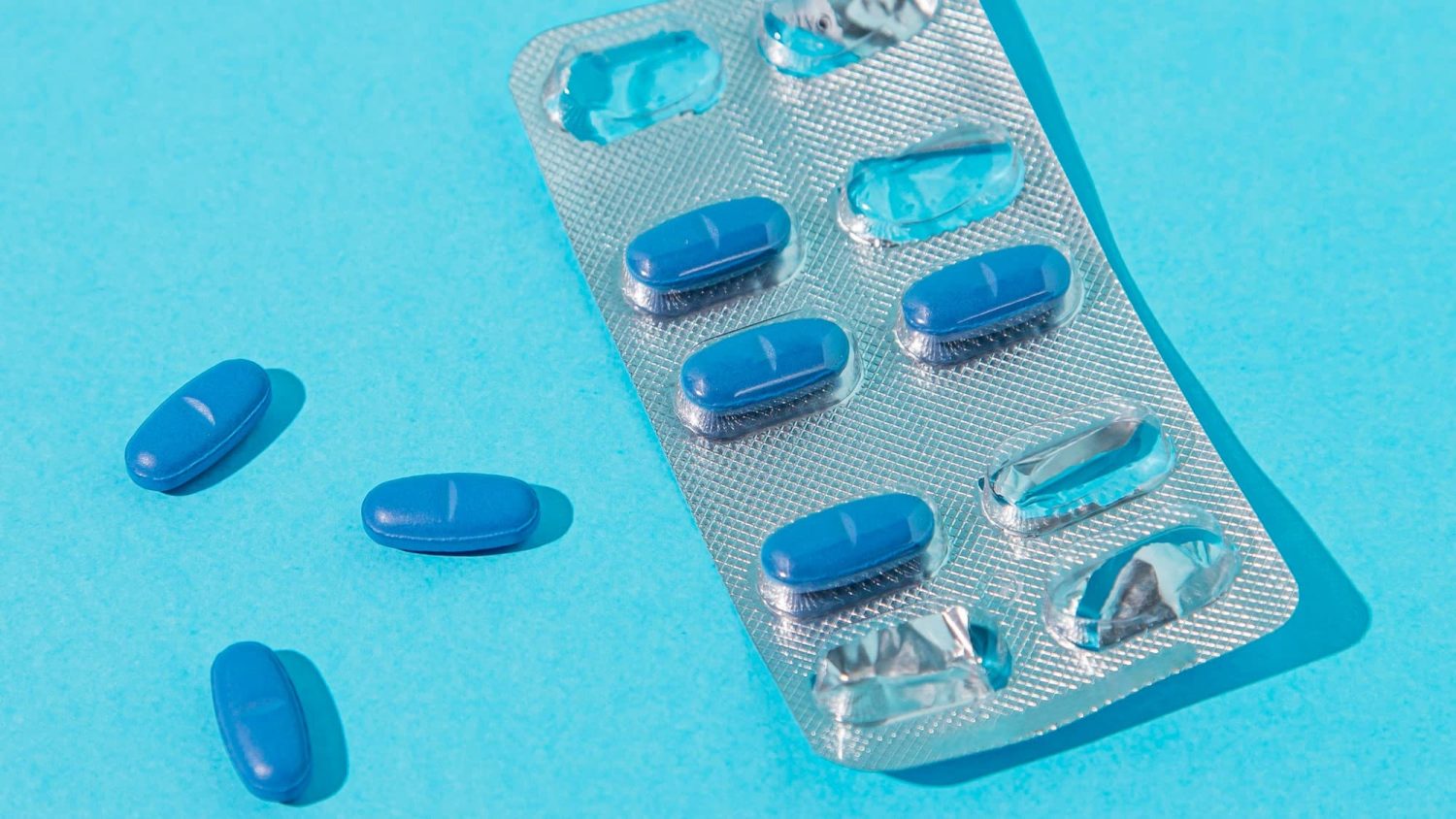
Why are so many medications sold as tablets in blister packs? The answer is simple: they’re cost-effective for everyone. Tablets are the economical dosage form to make. Blister packs offer one of the most affordable packaging formats. Put them together, and you get a winning formula: tablets + blister packs = the go-to choice (for manufacturers looking to reduce costs and for consumers seeking safe, long-lasting medication).
But “How long are these tablets good for in blister packs?” This is a question many manufacturers and consumers ask. Shelf life is critical and can be directly affected by packaging.
This FAQ guide answers the most common questions about tablet shelf life, how blister packaging affects it, and what you can do to keep tablets effective with or without blister packs.
FAQs About Tablets in Blister Packs
1. What Is the Shelf Life of Tablets?
The shelf life of tablets refers to how long the medicine remains safe and effective. The premise is these tablets are correctly stored in the original packaging. For most tablets, that timeframe is 2 to 5 years. This period is outlined by manufacturers and approved by regulatory bodies like the FDA. This is often printed on the blister pack or carton.
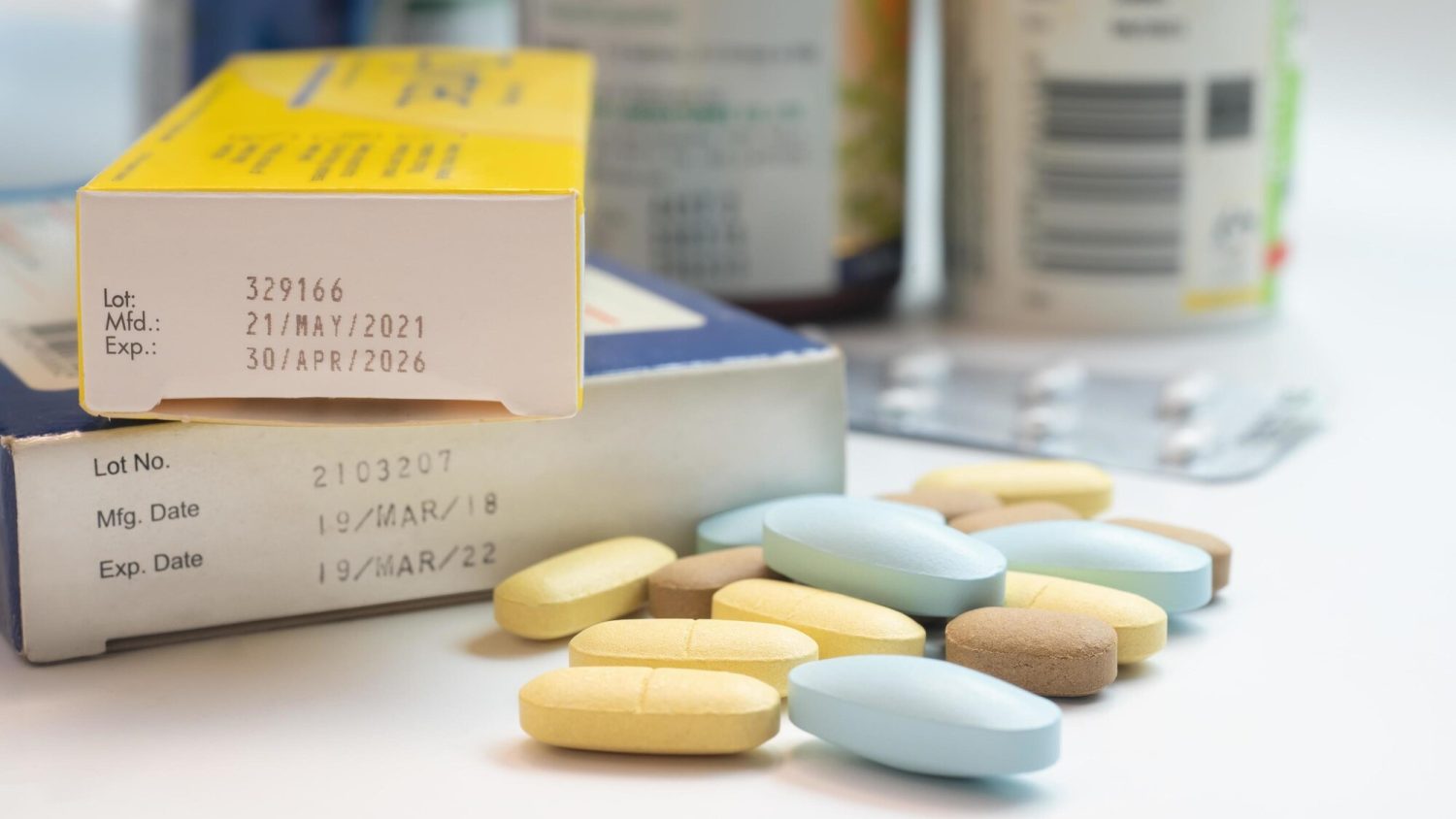
Shelf life is only an estimate. So, what’s the precise point at which tablets should no longer be used? Here we have two more key terms: expiration date (EXP) and beyond-use date (BUD).
| Expiration Date (EXP) | Beyond-Use Date (BUD) | |
| Definition | The final date by which tablets are guaranteed to be safe and effective if stored properly. | The date assigned once tablets are repackaged or removed from the original packaging. |
| Set By | Manufacturer, based on long-term stability testing under controlled conditions. | Pharmacist or healthcare provider, based on guidelines and packaging changes. |
| Typical Timeframe | Usually 2-5 years from manufacturing. | Often 3-6 months after repackaging into bottles or pill organizers. |
👉 Examples:
- A coated pain-relief tablet might last 3 years in standard blister packs.
- If the same tablets are dispensed into a plastic vial, the pharmacist might assign a beyond-use date of 6 months.
2. How Do Blister Packs Help Tablets Last Longer?
A blister pack is made with multiple cavities or pockets. Every cavity or pocket acts like a miniature vault for each dose of medication.
Tablets are vulnerable to three major environmental threats: moisture, air, and UV light. Even slight exposure can change how the medicine looks and works.
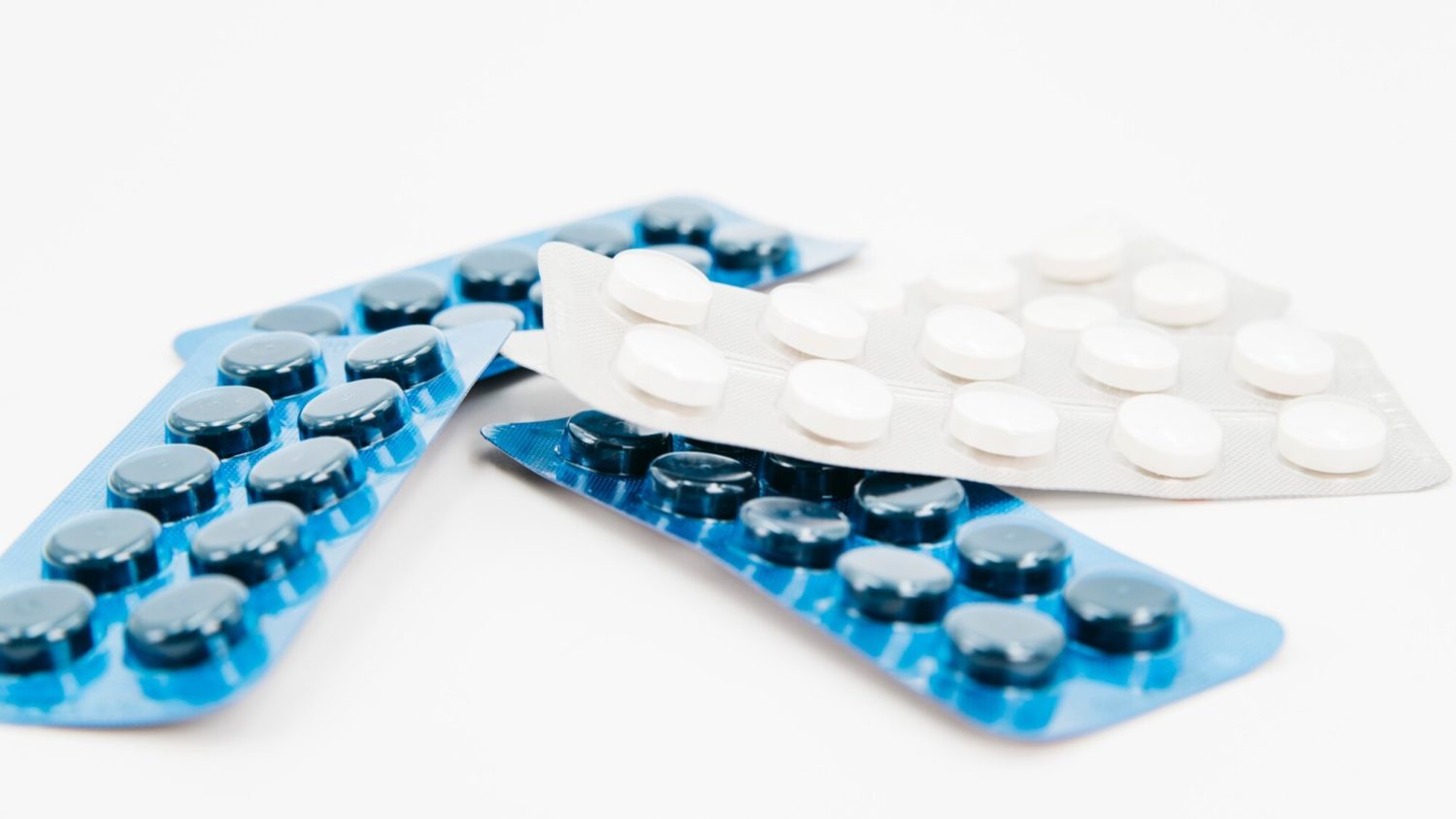
The materials used in blister packs safeguard tablets against these risks in multiple ways:
- Keep out moisture. Humidity is the fastest way to ruin a tablet. In a damp environment, an unprotected tablet may soften within days. Blister packs, especially the Alu-Alu type, provide an excellent shield against moisture.
- Prevent oxidation. Oxygen in the air slowly oxidizes sensitive ingredients. This reduces the potency of medicine. Blisters are sealed to block air from reaching the tablets.
- Shield light. Some drugs, like antibiotics or vitamins, degrade when exposed to UV light. Blisters with opaque plastic laminates can keep tablets from UV rays, let alone the aluminum foil.
Blister packs also protect each tablet individually. Cavities prevent tablets from rubbing against each other. That helps reduce physical damage and cross-contamination.
Another advantage is tamper evidence. Blister packs are usually sealed with an aluminum foil backing. It makes tablets easy to pop out while showing if the seal has been broken. This helps assure consumers that the medicine is authentic and has not been compromised.
3. What Are the Different Types of Blister Packs?
As mentioned earlier, blister packs can be made from different materials and structures, depending on the sensitivity of the drug. The common types of blister packaging used for tablets are:
Alu-PVC (Plastic/Aluminum)
This type is the most cost-effective and widely used blister packaging. It combines plastic, usually PVC, with aluminum foil. Alu-PVC blisters are thermoformed.
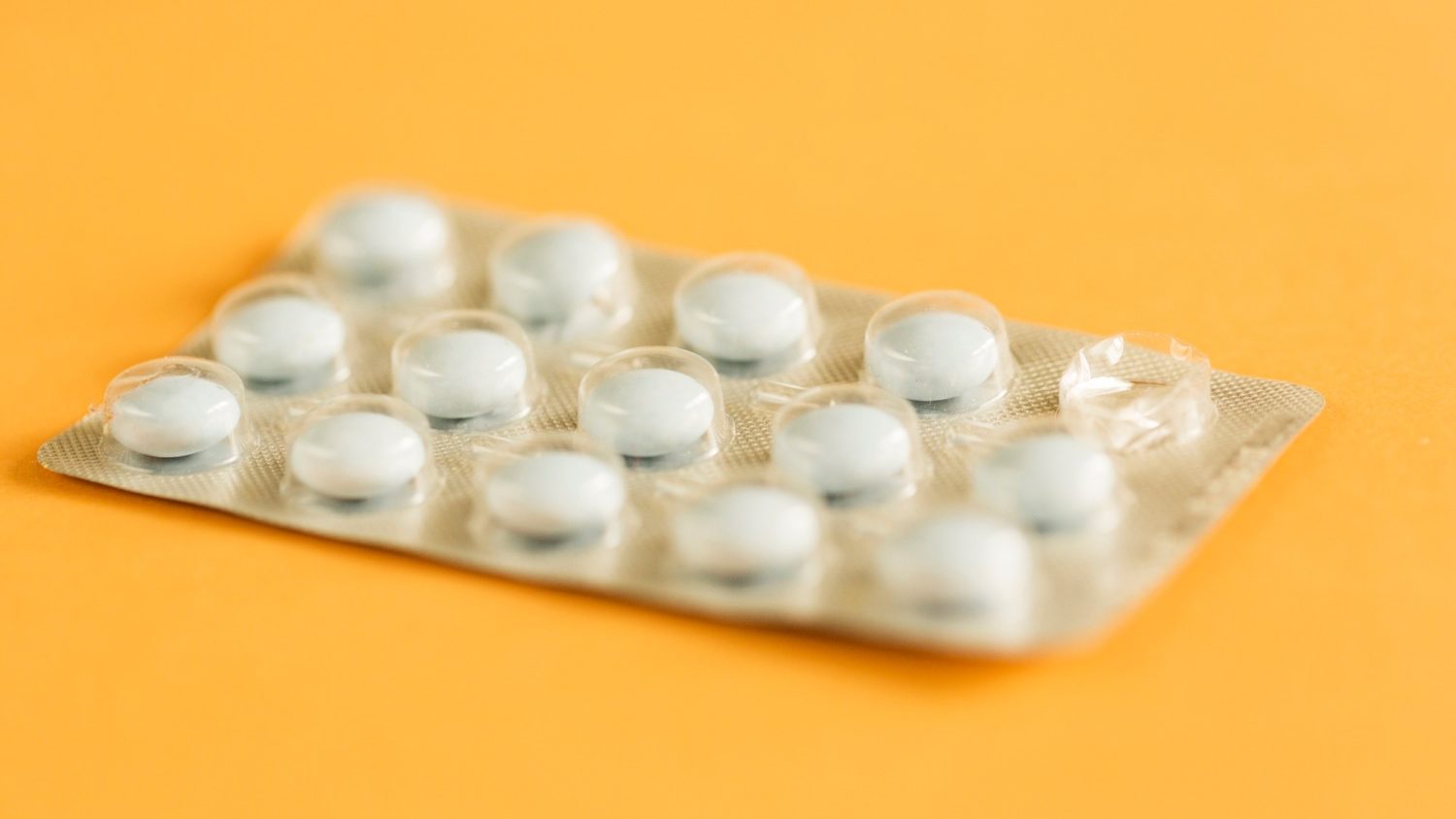
They provide good protection and allow consumers to see the tablet. And also for this reason, they’re usually used to pack less sensitive OTC drugs.
Alu-Alu (Aluminum/Aluminum)
These packs are made entirely of aluminum. They look more premium than the Alu-PVC type because of their polish and metallic finish. Alu-Alu blisters are also called cold-formed blister packaging because they’re manufactured without the use of heat.
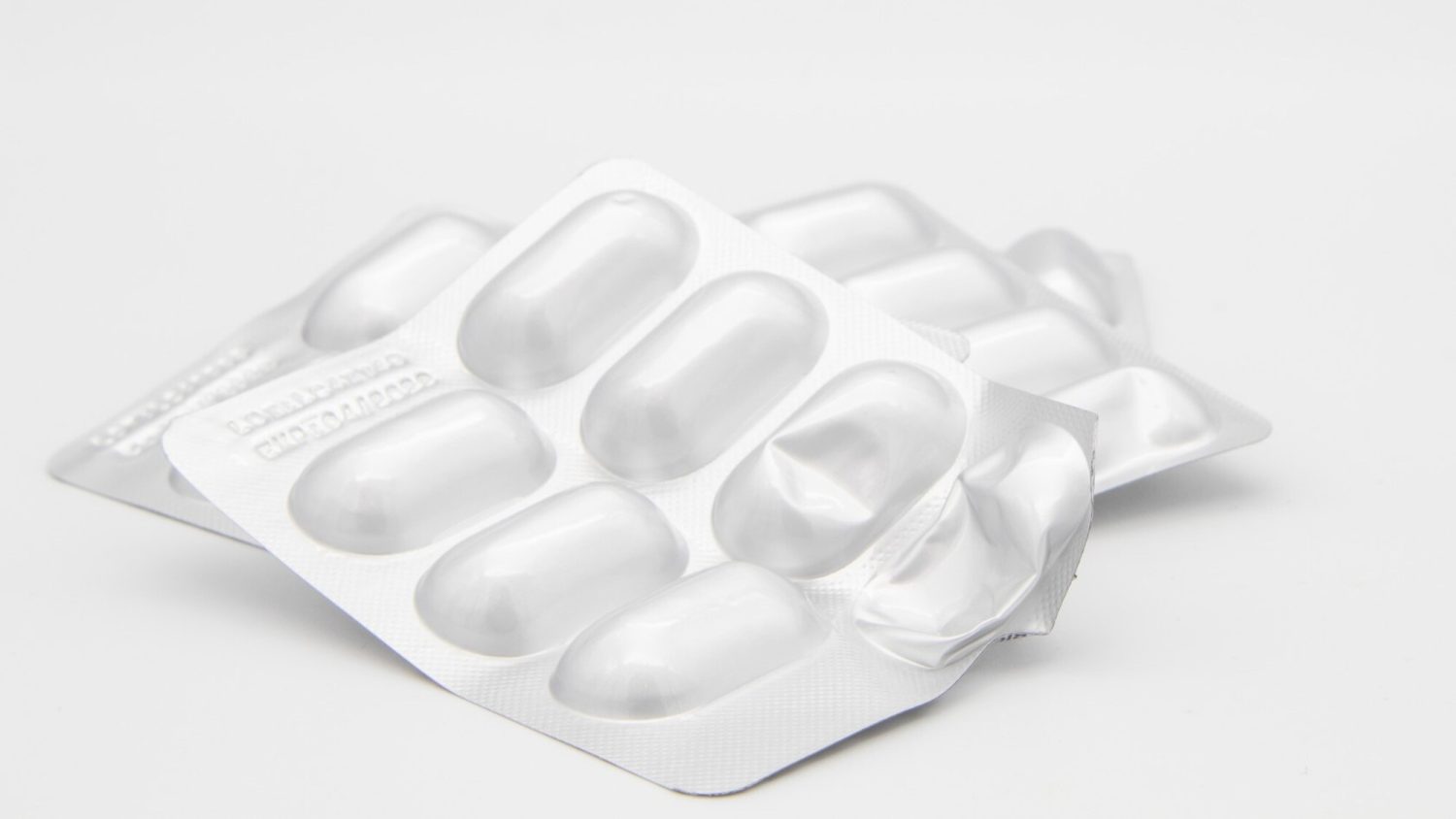
With 100% barrier protection from moisture, oxygen, and light, Alu-Alu blister packs can extend a tablet’s shelf life up to four years if stored correctly. They are often used for high-value medications like antibiotics and cardiac drugs. The downside is higher cost and less visibility.
4. How Are Blister Packs Made?
Blister packs are produced using a blister packaging machine. The equipment forms, fills, and seals the tablets into cavities.
1️⃣ Forming
A forming mold is used to create cavities that are big and deep enough to hold a tablet. Depending on the blister type, this step is either thermoforming or cold-forming.
- Thermoforming: Clear PVC sheets are heated until pliable. They are then pressed into the mold to shape the cavity.
- Cold-forming: Uses forming pins to force laminate aluminum into shape. No heat is applied.
2️⃣ Filling
Next, the formed cavities are filled with the tablets. This step is typically done on the same blister line and in an automated manner.
3️⃣ Sealing
Once the tablets are placed in the cavities, a backing material, often aluminum, is pressed onto the filled cavities. The foil is heat-sealed or pressure-sealed onto the blisters.
4️⃣ Perforating and Cutting
The sealed web is perforated and cut into individual blister packs using a precision cutting tool. The blister packs are then ready for cartoning.
5. How Long Do Tablets Last Out of Blister Packs?
Here’s the short answer: not long at all.
Once a tablet is removed from its blister cavity, its shelf life shortens dramatically. Even if these tablets are regrouped into a bottle, they may last only days or weeks.
For example, a vitamin tablet left on a kitchen counter in summer might soften within 48 hours. An antibiotic tablet stored unsealed in a humid climate may crumble in less than a week.
Regulatory guidance on repackaging also underscores this point. When tablets are repackaged into new containers,
- The U.S. Pharmacopeia sets the beyond‑use date (BUD) to whichever comes first: six months from the day they’re repackaged, or 25% of the time left until the manufacturer’s expiration date.
- The Danish Medicines Agency sets a 28‑day limit.
- The Royal Pharmaceutical Society recommends 8 weeks.
6. What Factors Influence Medication Shelf Life?
Formulation: Tablets with film coatings usually resist moisture better than uncoated ones.
Active ingredients: Sensitive compounds like probiotics or vitamin C degrade faster.
Packaging material: Tablets in Alu‑Alu blisters are better protected than those in clear plastic. Repackaging tablets into pill organizers or plastic bags greatly reduces shelf life.
Storage conditions: High humidity and heat can cause tablets to break down or change texture. The FDA advises storing medicines in a cool, dry place, away from kitchens and bathrooms.
Distribution chain: If products face uncontrolled conditions during shipping, shelf life may be shortened.
Handling practices: Opening a container frequently lets in moisture and air. This reduces the stability of the tablets.
7. What Are the Signs of Tablet Degradation?
Tablets can degrade over time. If you see any of these changes, do not take them.
Visible changes. If tablets crack, chip, or crumble, their strength may no longer be reliable.
Discoloration. If a tablet turns yellow, fades, or shows dark spots, it’s a sign of chemical changes.
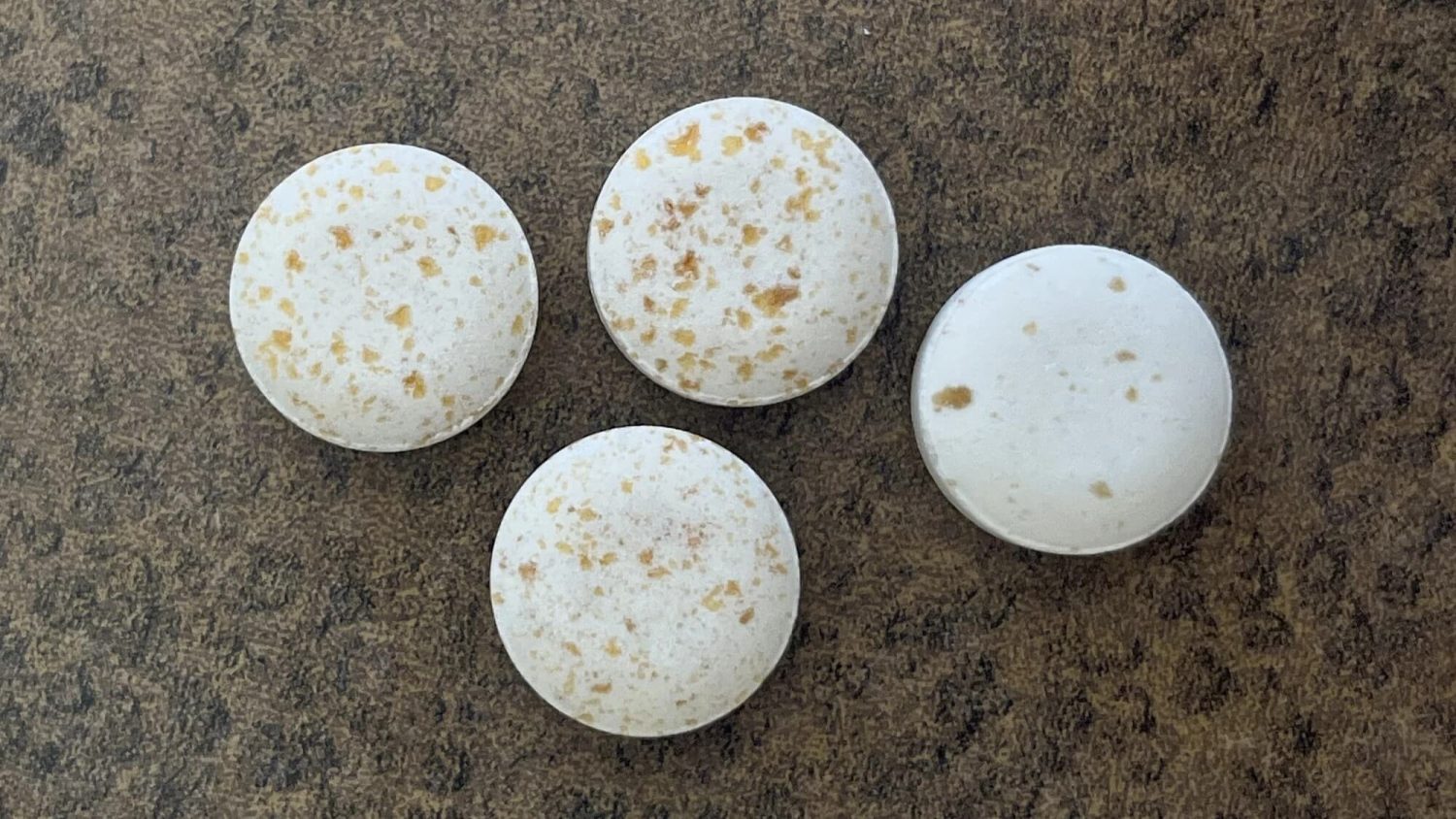
Texture changes. If tablets stick or feel damp, they’ve likely taken up moisture. For effervescent tablets, that moisture can trigger fizzing before use.
Unusual odor. That usually means chemical breakdown. For example, nutraceutical tablets like fish oil supplements can produce rancid smells. A vinegar-like smell in aspirin signals the breakdown of acetylsalicylic acid. Any off-smell is a warning.
Tablets showing any of these signs should not be used. It’s important for manufacturers and pharmacists to help consumers identify these changes.
8. What Should I Do with Expired or Degraded Tablets?
For consumers, the rule is simple: don’t take them. These tablets may have already lost potency and can be harmful to your health.
For manufacturers and distributors:
- Follow regulations: Most countries require expired stock to be returned and destroyed in compliance with environmental safety rules.
- Educate customers: Add clear instructions on packaging about disposal.
- Encourage take-back programs: Pharmacies often run safe disposal schemes.
The FDA recommends the following steps for medicines that are not on the flush list:
- Take the tablets out of their original container like blister packs.
- Mix them with an undesirable substance like cat litter or used coffee grounds.
- Place the mixture into a sealed bag.
- Throw the sealed package in the household trash, and be sure to scratch out any personal information on the empty packaging.
9. What Are Proper Tablet Storage Recommendations?
Even the best blister packs won’t protect tablets if they’re kept in extreme conditions.
✅ Store blister packs in a cool, dry place (below 25 °C).
✅ Keep away from kitchens and bathrooms. A pantry or bedroom drawer is often better.
✅ Do not take tablets out of blister packs and place them in pill organizers unless you have no other choice.
If you’re a pharma manufacturer, add simple, consumer-friendly storage instructions on the packaging to help ensure your consumers use the product safely and effectively.
Key Takeaways
- Blister packs help extend tablet shelf life by protecting them from light, oxygen, and moisture.
- Tablets generally last 2-5 years in blister packs.
- Once removed from blisters, tablets may only last days or weeks.
- The actual shelf life depends on formulation, packaging material, and storage conditions.
We hope this FAQ guide can clear up the most common questions about how long tablets last in and out of blister packs and why packaging makes such a difference.